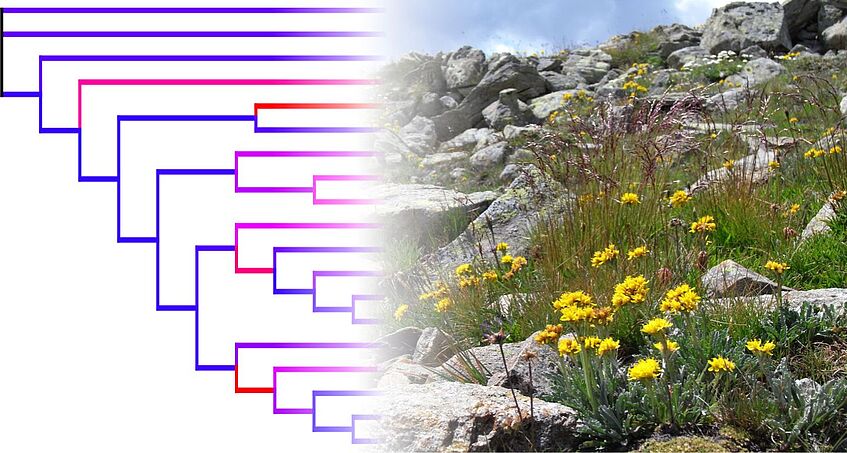SS 2018: Drivers of plant and fungal diversity: from genomes to biomes
Gene expression plasticity along altitude in Heliosperma
Plant distribution along altitude offers a highly relevant model to understand plant responses to climatic changes. The ecological parameters that differ along altitude may include average temperatures, distinct day-night temperature amplitudes, light and moisture regimes, together with a different biotic environment. Plant responses to such wide-ranging ecological difference will comprise plastic, epigenetic and genetic components, but their extent and ecological relevance are still not well understood. This project will investigate in detail gene expression plasticity across reciprocal transplantations between mountain and alpine localities of Heliosperma pusillum (Caryophyllaceae) in the Alps (see photos).
Supervisor: Ovidiu Paun
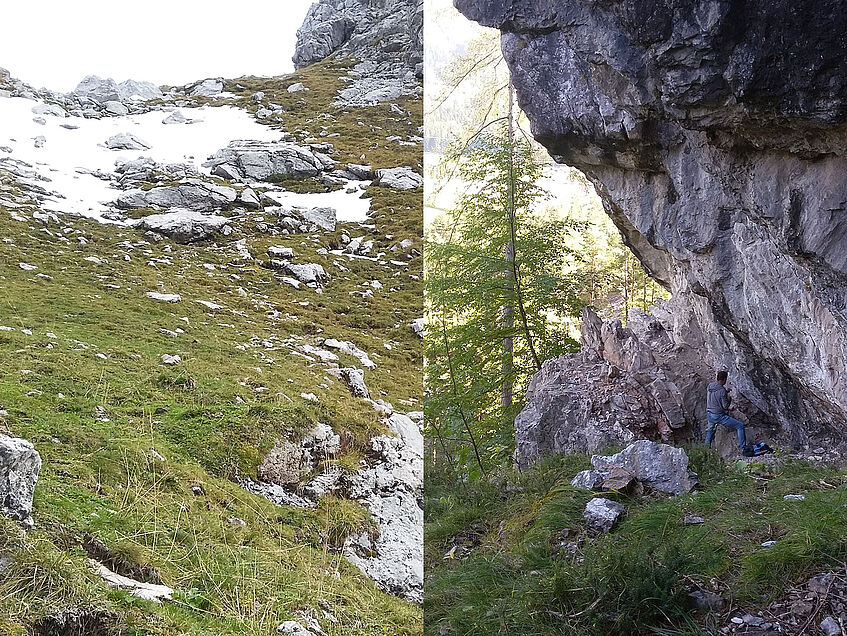
Meta-genomic analysis of the Populus alba (white poplar) microbiome
Whole genome sequencing of plant material often includes DNA sequences that cannot be mapped to the reference genome. This project will deal with mining whole genome sequence data from poplar forests across Europe for bacterial and fungal diversity.
Supervisors: Jaqueline Hess & Christian Lexer

Is Hon-shimeji (Lyophyllum shimeji), a cultivated fungal gourmet species, also present in natural sites in Austria?
Identification of the species in Lyophyllum sect. Difformia is problematical and there has been much confusion in the past. How many entities do we actually have? How many clades has the fried chicken mushroom or Hon-shimeji (L. decastes) group? Can sequencing of ITS combined with morphological basidioma study help to clarify?
Supervisors: Irmgard Greilhuber & Michael Barfuss

Structure and function of carnivorous plants
Carnivorous plants supplement their mineral nutrition by absorbing different elements from animals. For this aim, they have developed trap organs that carry glandular cells producing trapping mucilage and digestive enzymes. Also nutrient uptake often occurs via gland cells. Main topics include morphology and anatomy of the traps, structure of glandular systems, production of attractants and signaling, production of digestive enzymes, uptake of digested proteins, and movement of leaves upon signals from animals.
Supervisor: Irene Lichtscheidl

Transcriptomic drivers of the ecological divergence between orchid sibling allopolyploids
Whole genome doubling and hybridization profoundly shaped plant genome evolution. However, to be successful, first generations allopolyploids must quickly adjust their genome and function, thereby altering their ecological properties and adaptive success, as a function of their environment. This project will investigate in detail the molecular relevance of the ecological divergence between two orchid tetraploids (Dactylorhiza), focusing for example on selected genes related to preferences for distinct soil types.
Supervisor: Ovidiu Paun

A comparison between PAM‐fluorescence and primary productivity
Pulse-Amplitude Modulation (PAM) is a technique permitting chlorophyll fluorescence to be measured quickly and in a non-invasive manner. This project will address the question whether the PAM-fluorescence technique can be used to provide reliable estimations of oxgyen production in microalgae.
Supervisor: Michael Schagerl
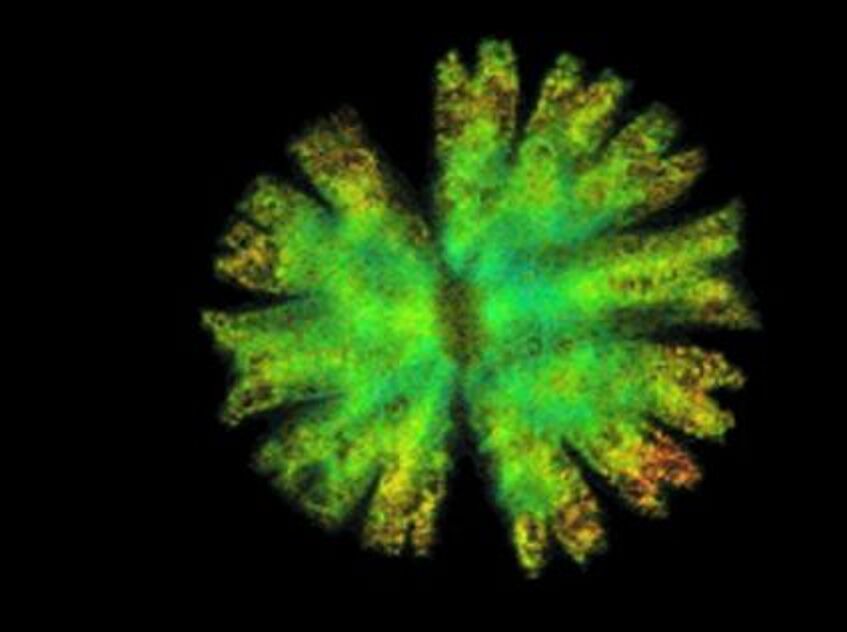
Genomic differentiation across an ecological gradient in Populus alba (white poplar) across Europe
Whether species will be able to cope with global climate change via adaptation is of eminent interest to evolutionary and conservation biologists. In this project we will scan the genomes of white poplar populations from both sides of a climate gradient for signatures of locally varying selection.
Supervisors: David Field & Christian Lexer

Boraginaceae flowers and their pollinators
Flowers of Boraginaceae, the borage- or forget-me-not family, are known to be a good source of nectar and/or pollen for their insect visitors. However, very little is known about their flowers and their interactions with pollinators. Many flowers have for example characteristic appendages on the inside of the petal tube, however, the exact function of these structures is unclear. The aim of this study is to shed light oo aspects of flower morphology and phenology, as well as to make observation on pollinators, of one or two representatives of the family.
Supervisors:Maria von Balthazar & Jürg Schönenberger
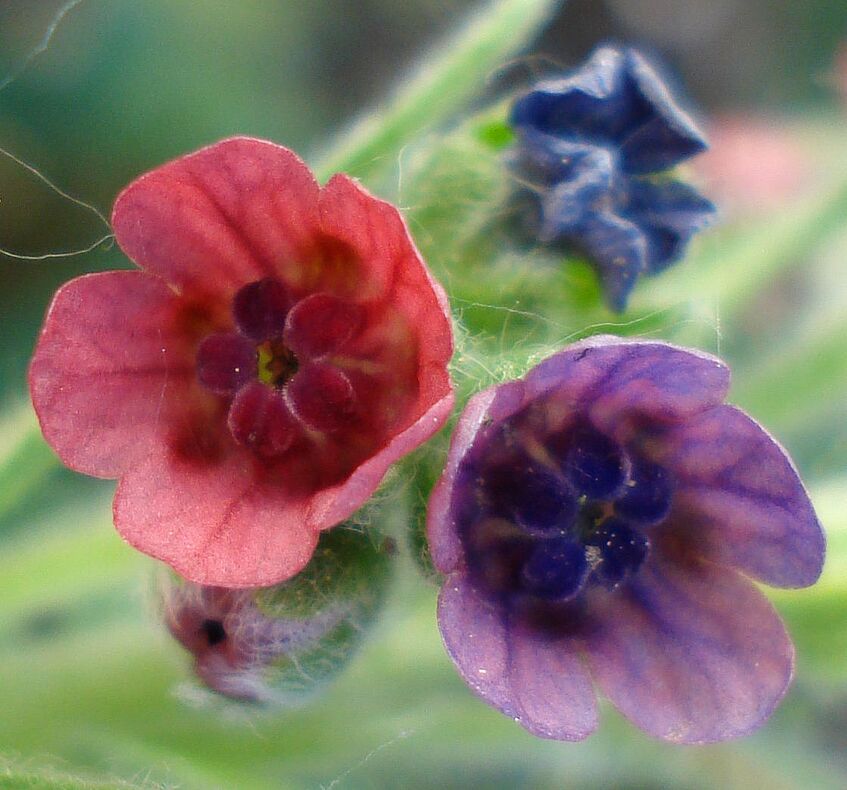
Cytogeographic differentiation in the flora of Austria
The presence of cytotypes differing in their ploidy level (diploid versus polyploid) within a single species is common and may indicate incipient speciation. In the frame of this project, ploidy differentiation in selected plant groups will be investigated on a regional level (eastern Austria) using flow-cytometry and morphological differentiation of cytotypes will be assessed using morphometry.
Supervisors: Hanna Schneeweiss & Gerald M. Schneeweiss

Structure and function of heavy metal tolerant plants
Many heavy metals are important micro-nutrients, but all become toxic if they are in too high concentration. Some plants, however, have developed strategies to deal with this difficult environmental situation. Topics offered include different strategies (tolerant plants, metal accumulators, excluders) as well as interactions of plants with soil microbes.
Supervisor: Irene Lichtscheidl
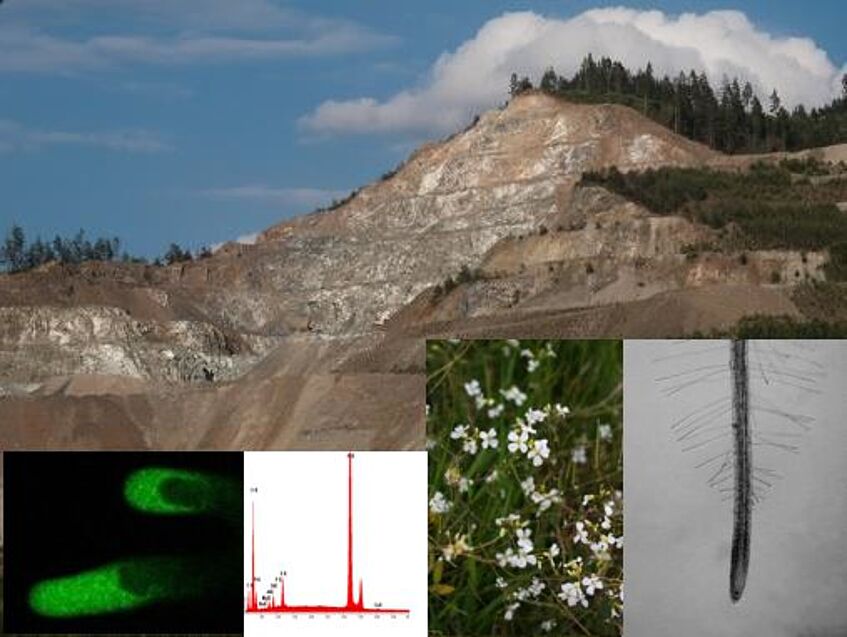
Evolution into alpine habitats
Alpine habitats are disproportionally species-rich given the surface area mountain areas occupy. A major evolutionary-macroecological question is whether lineages possessing traits rendering them ecologically pre-adapted are more successful (i.e., diverse) in alpine habitats than others.
Supervisor: Gerald M. Schneeweiss
